20 Years of SUPRATHEL®: How V16 Became a Revolution in the Medical Treatment of Burns
Prof. Dr. Planck, Dr. Hierlemann SUPRATHEL® received product approval around 20 years ago today and was officially presented at the January 2014 conference of the German-Language Working Group for the Treatment of Burns (DAV) in Rottach-Egern. Were you nervous at the official sales launch?
Dr. Helmut Hierlemann: Yes, there was naturally a certain feeling of excitement, but thanks to our clinical studies we already knew that the product was very effective. Physicians at the Marienhospital in Stuttgart had demonstrated in 1998 that the new product SUPRATHEL® achieved better results than the previously usual method of regular changes of dressing and using fatty gauze. The director of nursing at the Marienhospital gave a lecture in Rottach-Egernabout the effect of SUPRATHEL® on nursing care.
Prof. Dr. Heinrich Planck: The difference from the conventional treatment of burns was so striking that that the physicians already told us during the comparative study that they no longer felt able to justify withholding SUPRATHEL® from patients and treating them conventionally instead.
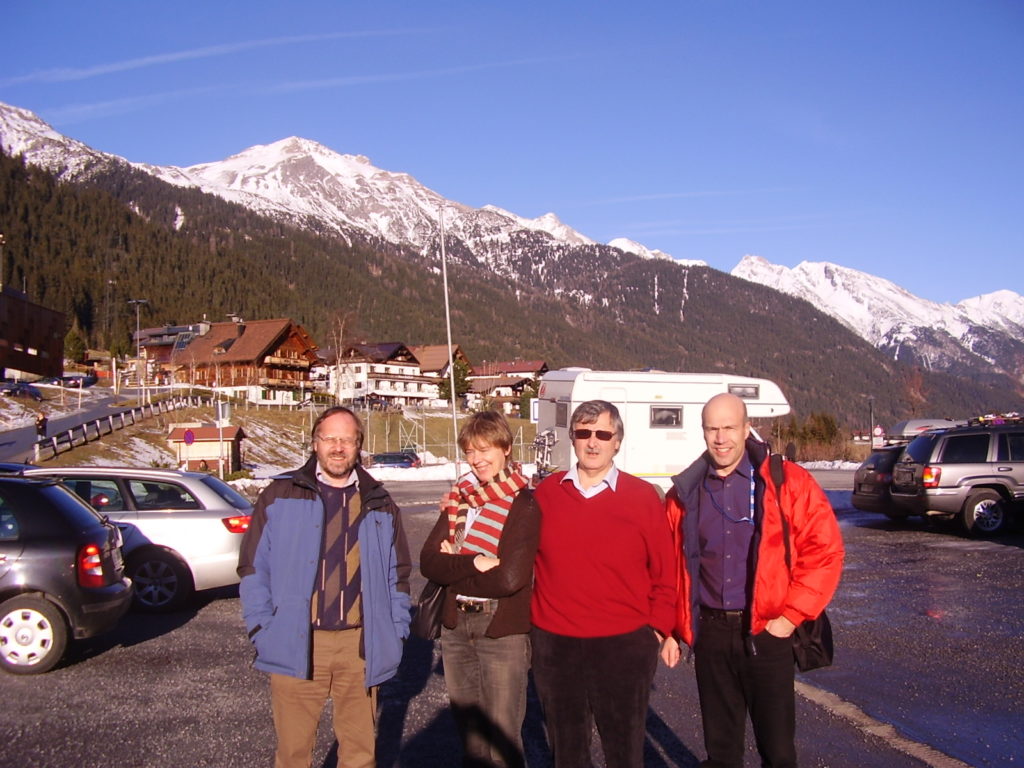
Group picture 2007 after an intense DAV in St. Anton (from left to right): Dr. Erhart Müller, Christine Planck, Prof. Dr. Heinrich Planck, Dr. Helmut Hierlemann.
That now brings us to the prehistory of approval. Let us start earlier. How did SUPRATHEL® come about in the first place? Where did the idea come from?
Prof. Dr. Heinrich Planck: In 1974 I dealt in my diploma thesis—I studied mechanical engineering—with flow-optimized vascular prostheses. Today you would say “bionically optimized.” The idea was to reproduce the prostheses in the way that nature made them. I accomplished that with a flatbed knitting machine that I had converted into the finest flatbed knitting machine in the world. Those flow-optimized vascular prostheses were the starting point for medical technology at the institute in Denkendorf.
The idea of an artificial skin came a little later, in the 1980s. We were in an exchange with Tübingen University Hospital on a resorbable membrane for the treatment of parodontosis. “Forget it, young man,” the professor in charge of the project told me at the time, “the skin is far too complex.”
OK, there were various precursors. Where would you place the starting shot for SUPRATHEL®?
Prof. Dr. Heinrich Planck: We laid the foundation stone for SUPRATHEL® in 1996 when we were commissioned by the German Biomaterial Center Biomaterial and Organ Replacement Stuttgart-Tübingen, or BMOZ for short. Within that interdisciplinary center we pursued several projects with partners from medicine and industry.
Dr. Helmut Hierlemann: We worked on hernias, on stents, and on a nerve guide splint. And on resorbable membranes, the basis of SUPRATHEL®. Our team consisted of Dr. Erhart Müller, like me a chemist, the biologist Dr. Michael Doser, Dr. Martin Dauner, in charge of organization and a mechanical engineer like the project director Prof. Dr. Heinrich Planck. The medics we had on board, Dr. Matthias Rapp and Dr. Christian Uhlig, already played an important role.
Prof. Dr. Heinrich Planck: Funding by the federal government and industry totaling over four million marks gave us an important boost.
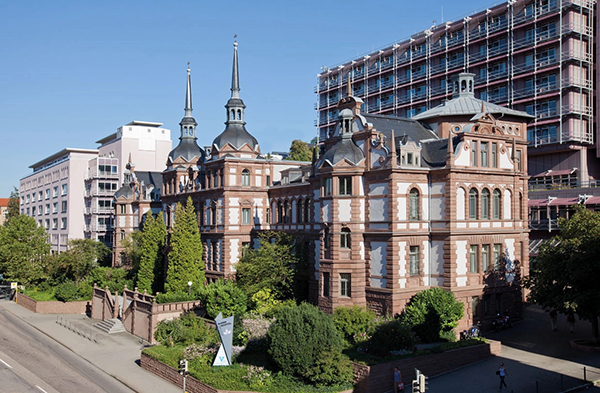
Dr. Matthias Rapp and Dr. Christian Uhlig from the Marienhospital in Stuttgart closely followed the development of SUPRATHEL®. At the end of 1998, the developers released their V16; it was tested at the Marienhospital.
Bild: Marienhospital Stuttgart, Volker Schrank
How long was it before the first SUPRATHEL® “prototype” appeared?
Prof. Dr. Heinrich Planck: The V16 corresponded to our ideas. It was launched in October 1998 and tested on patients at the Marienhospital.
How did the clinical test go?
Prof. Dr. Heinrich Planck: As mentioned earlier, the physicians no longer wanted to provide conventional treatment. The approval study was aborted prematurely because the results were so clear. Changing the nursing routine was more complex than using SUPRATHEL® (and still is).
Dr. Heinrich Hierlemann: Back then the treatment of burns was ‘wound dressing on, ointment bandage on top.’ That rigid occlusive dressing prevented the formation of bacteria, blocking it, as it were. But the dressing must not be allowed to grow in. That required a regular daily change of dressing during which the crust that had formed was literally torn from the body every time—a torture for the patient. It also meant the skin could never recover naturally and took a long time to heal.
SUPRATHEL® in contrast, once applied, stays on the skin. It is transparent and the surgeon has a clear view of the wound and its healing. It also relieves pain—an effect of the lactic acid that SUPRATHEL® contains.
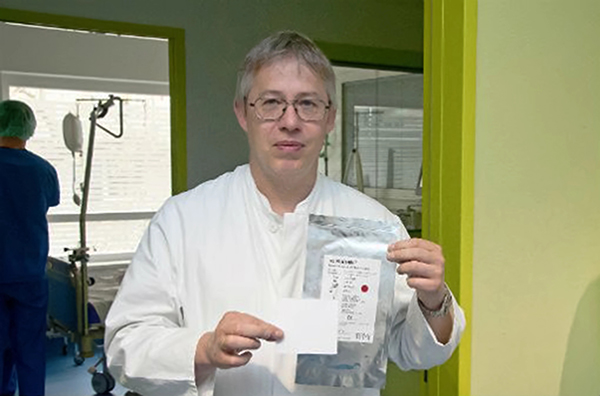
Dr. Matthias Rapp from the Marienhospital in Stuttgart was quickly convinced of the effect of SUPRATHEL®. Spezialabteilung für Brandopfer im Marienhospital: Rettung naht – Aktuell – Stuttgarter Wochenblatt (stuttgarter-wochenblatt.de)
When was approval granted after the study had been aborted because the results were so clear?
Prof. Dr. Heinrich Planck: Yes, the SUPRATHEL® treatment was simply the best case… We received our approval, the CE mark, at the beginning of 2004.
Where did you go from there?
Prof. Dr. Heinrich Planck: Our partners in industry were not interested in taking the matter further, so we took over the rights and founded PolyMedics Innovations. Previously – and subsequently, or so we felt for quite a while – we were an institute and a handful of scientists. We hired our first employee in January 2008, followed in February by a secretary. For the first few years, sales were handled by third parties and we had no sales force of our own.
That sounds like a picture book startup. Did the success of your product come as a surprise? Two years later you were, after all, selling over 1,600 applications a year.
Dr. Helmut Hierlemann: Yes, in its extent. We knew that our product was effective, but initially we were an institute and as a young company we didn’t have an enormous budget for advertising and marketing. We had to convince people—with knowledge and application methodology.
Prof. Dr. Heinrich Planck: Our success was based on mouth-to-mouth propaganda among doctors. Sometimes people were waiting for us at a congress because they had heard about SUPRATHEL® from colleagues. The physicians did our marketing for us. That took time but it was and continues to be sustainable. We only ever spent as much money as we had and we remain independent of external funding to this day.
What were for you the most important milestones in 20 years of SUPRATHEL®?
Prof. Dr. Heinrich Planck: For me they were the results of the first study from the Marienhospital and then the production of SUPRATHEL®. The start of in-house production in our own clean room in 2010 was a further highlight, followed by the establishment of our own sales and marketing department, also in 2010. In 2014 my son Christian joined the company. He “taught” us a great deal about structure and is responsible for opening up the U.S. market, where we now earn as much from one clinic as from all of Germany.
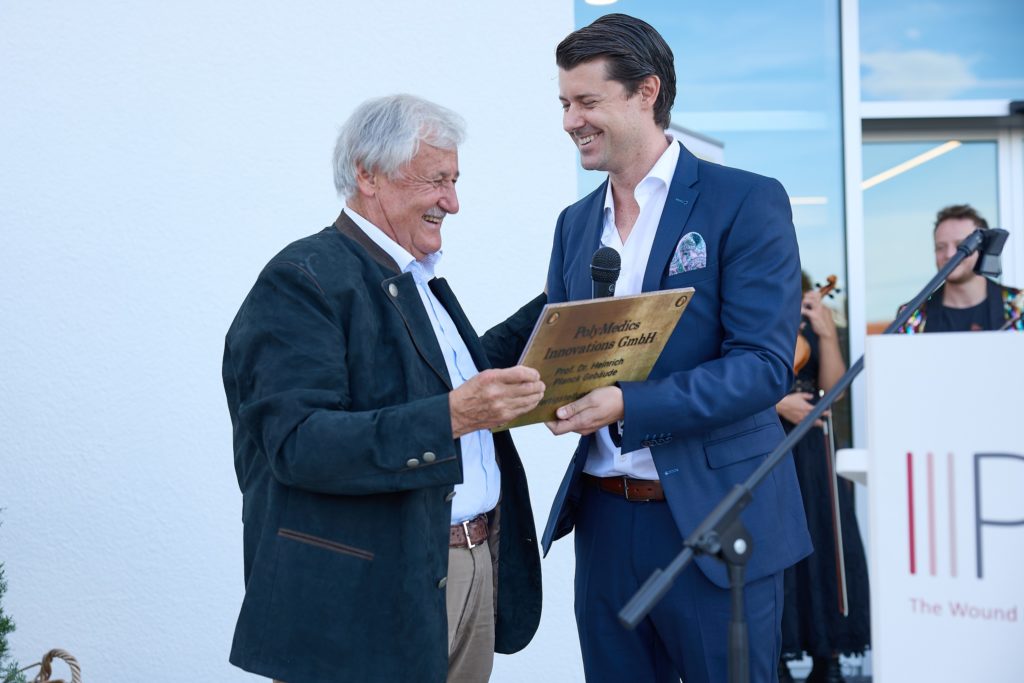
Prof. Dr. Heinrich Planck and his son Christian Planck at the inauguration of the new company building in Kirchheim/Teck in summer 2023.
Can you outline to us how SUPRATHEL® initiated the “Shift to Synthetics”?
Dr. Helmut Hierlemann: I recall mentioning that in a lecture I gave in 2014. In the United States, collagen products—products of animal origin—were mainly used to treat wounds and burns. We in contrast kicked in with a synthetic alloplastic material that was not seen to be able to serve as a skin substitute. We had to provide proof that we were offering not a plaster or a wound bandage, but a genuine synthetic skin substitute. That has long ceased to be an issue, there are publications aplenty.
20 years is a ripe old age for a medical product. Why will SUPRATHEL® still be relevant in the future?
Dr. Helmut Hierlemann: SUPRATHEL® remains relevant because it combines many skin-typical parameters and does so in an unprecedented composition. Alloplastic skin dressings initially served the purpose of covering the wound. SUPRATHEL® can do much more. The skin’s water exchange works, SUPRATHEL® accompanies the healing of the wound and it contains degradation products that promote growth and healing. Lactate is created, triggering healing capacity and growth factors. At present there is nothing comparable, above all nothing in a similar commercial framework.
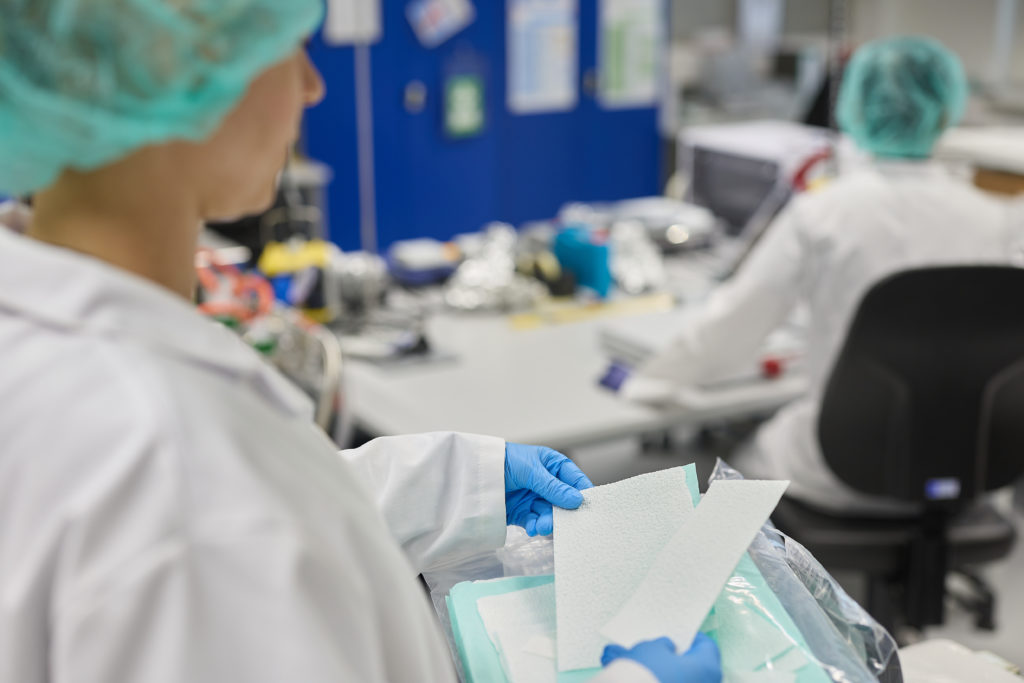
SUPRA SDRM® is used for treating chronic wounds.





